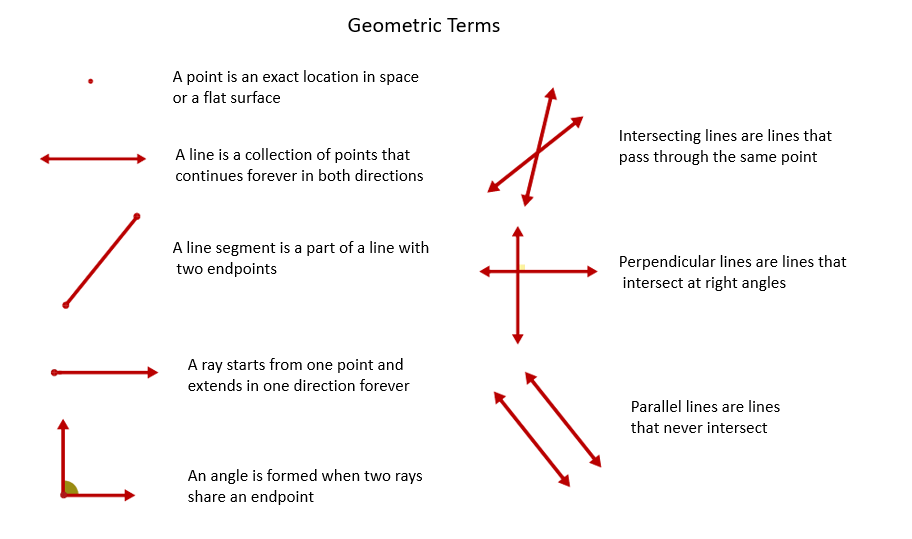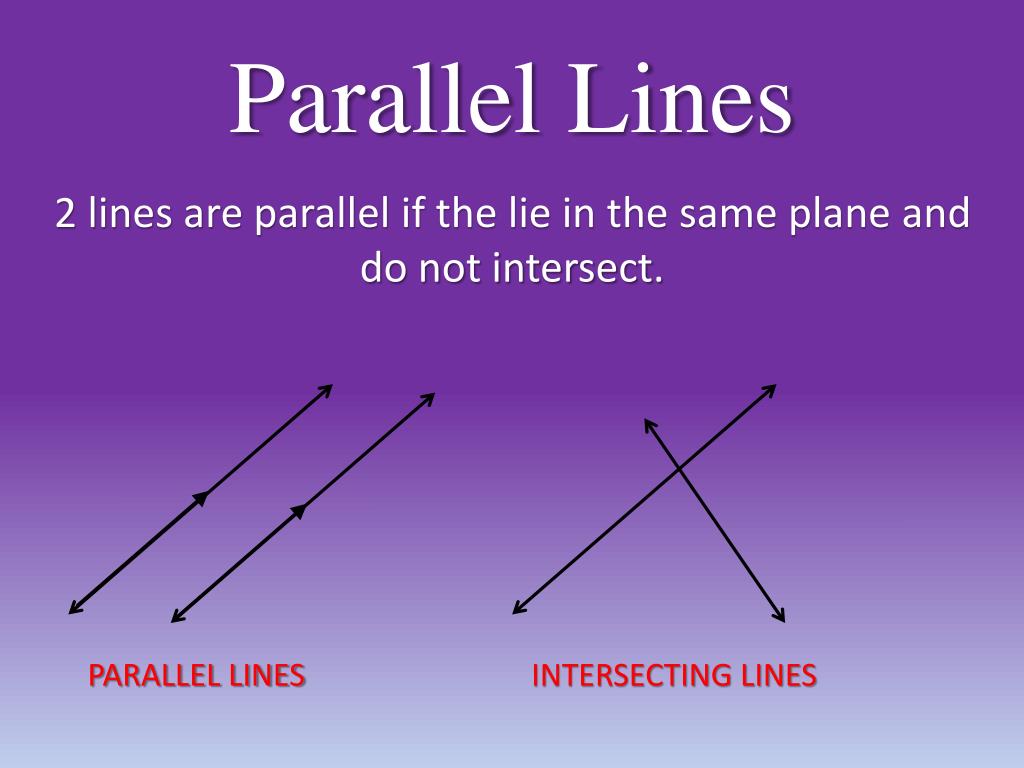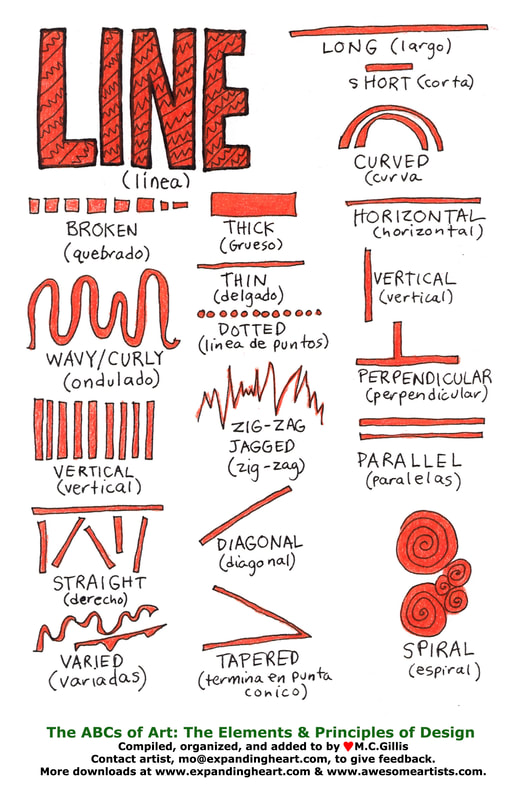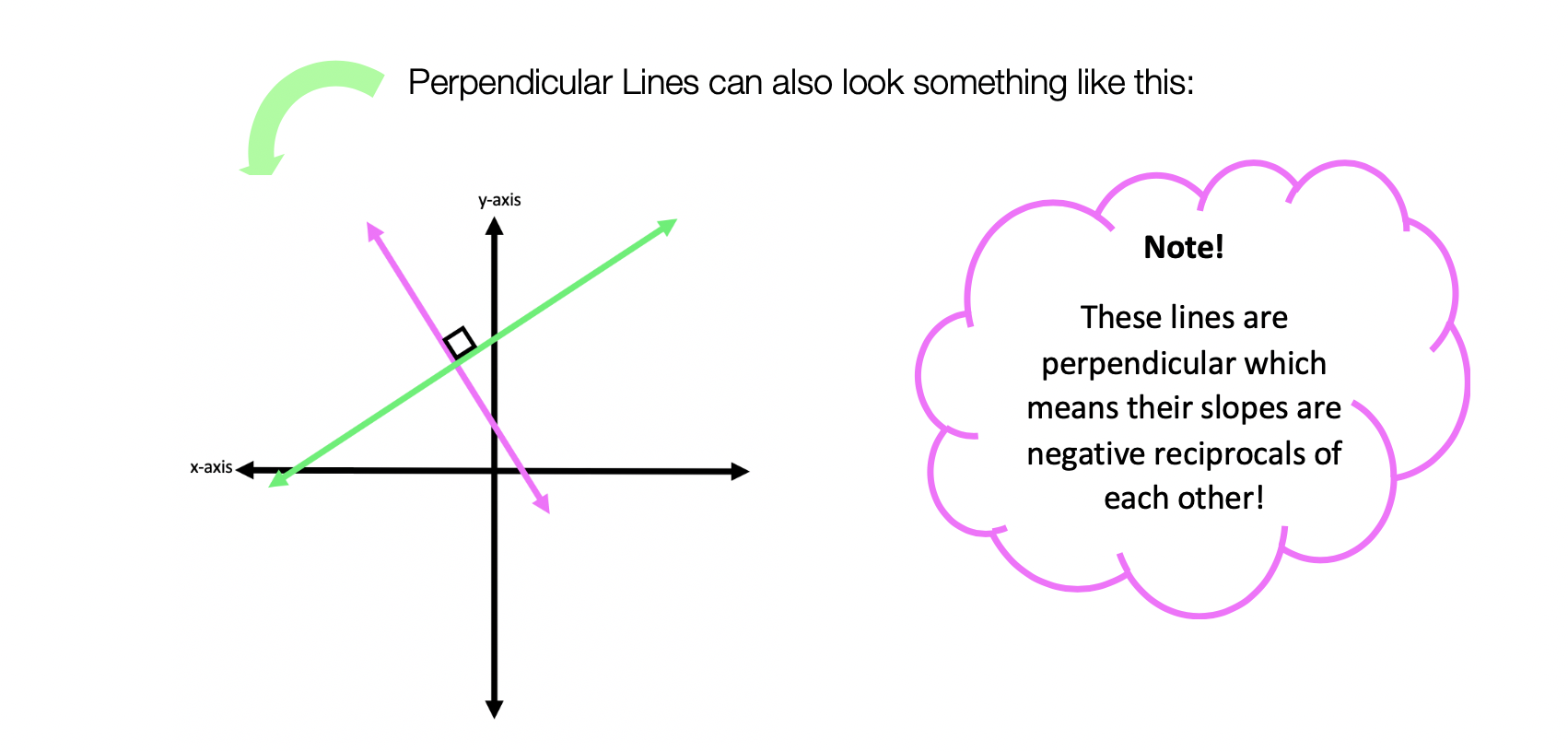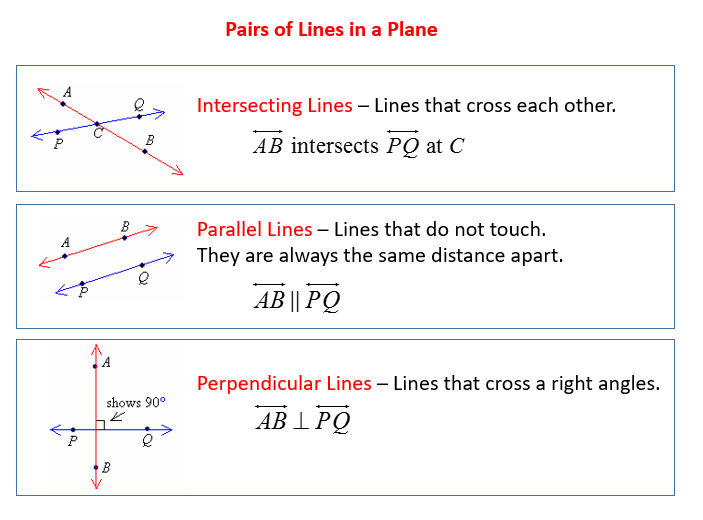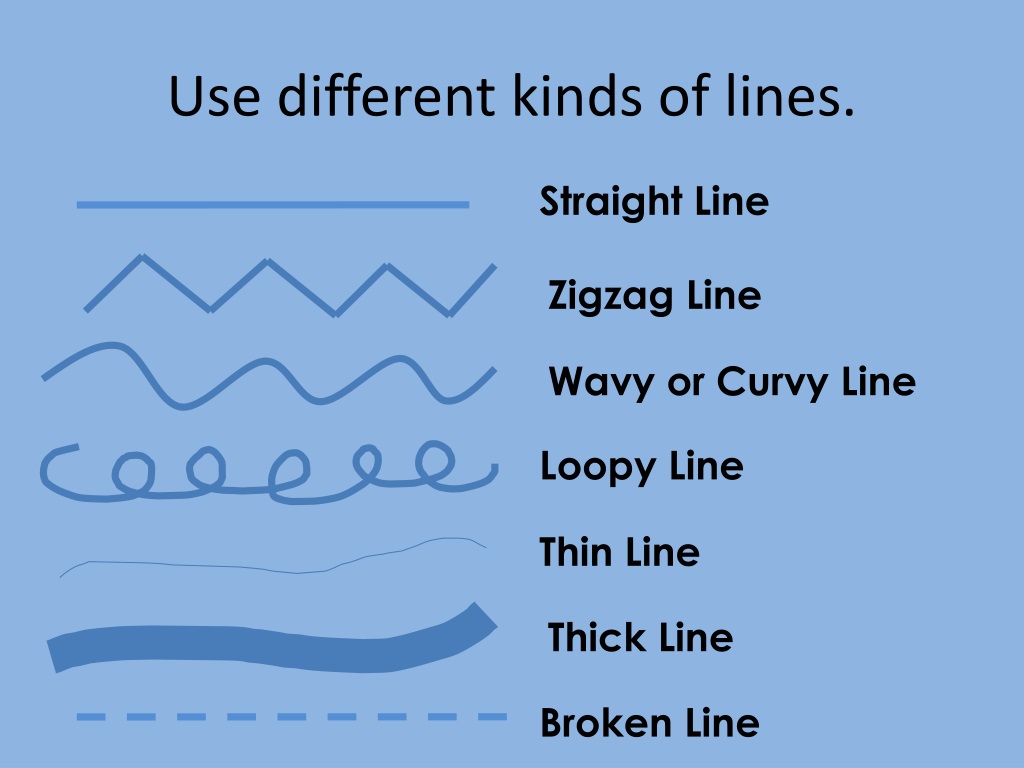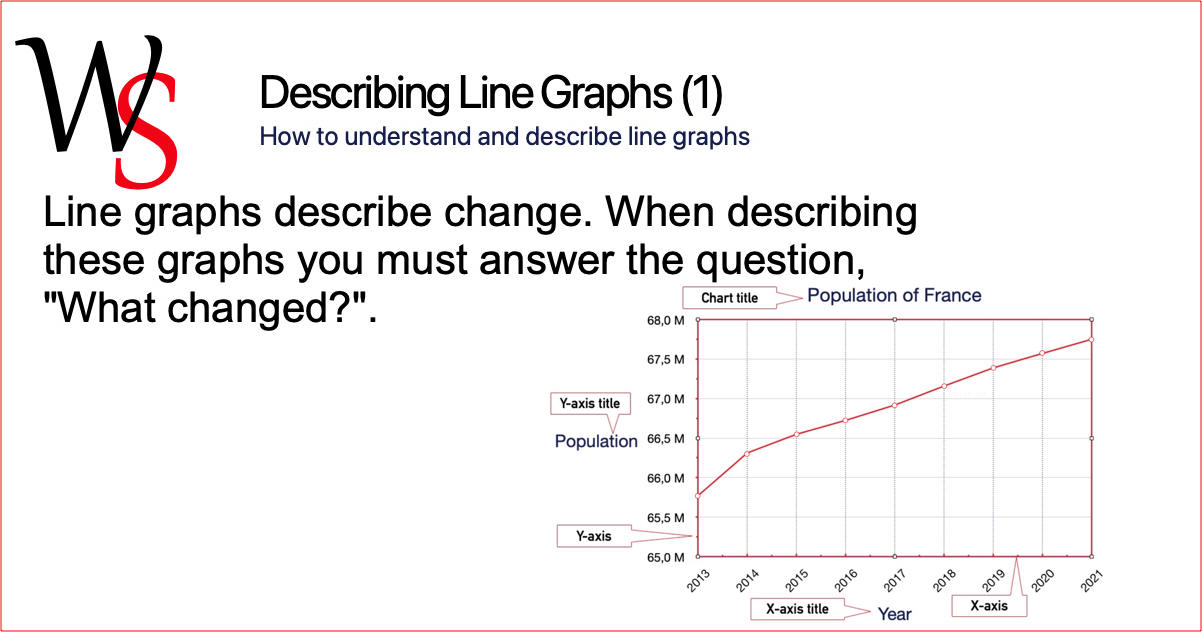Looking Good Tips About How Do You Describe Lines Composite Line Graph

This type of graph visualizes data as points on a grid connected with a line to represent trends, changes, or relationships.
How do you describe lines. Use the power of algebra to understand and interpret points and lines (something we typically do in geometry). How to write great action lines. I made this image with ai — how to describe a graph in writing.
Each data point is plotted and connected by a line, making it perfect for tracking trends or progressions. How is the mood of an artwork expressed through the use of line? For instance, it’s often used.
Topics you'll explore include the slope and the equation of a. Line graphs are essential for displaying changes over time. To make a linear/line graph, follow the below steps:
Then read the text and tips and do the exercises. How do you describe a line graph? By biron clark.
A line graph, also known as a line chart or a line plot, is commonly drawn to show information that changes over time. The action lines in a screenplay describe anything we see or hear onscreen. Do the preparation task first.
Summarize your personality using as few words as possible. A lot of employers will ask you to describe yourself as one of the first questions in the job interview. In this lesson, we are going to go over three methods that are commonly used.
Line charts are also known as line plots. One way to describe a line is to say that a line is formed by an infinite number of points connected in a straight path that extend infinitely far in opposite directions. What is an action line?
Learn how to describe a line graph. By using the right adjectives, you can paint a vivid. How to describe lines?
You can plot it by using several points linked by. Describe these graphs (analysis) and then suggest the reasons for these trends (evaluation) useful graph language: Line graphs (or line charts) are best when you want to show how the value of something changes over time, or compare how several things change over time.
Line charts are similar to scatterplots except that they connect the data points with lines. In terms of proper screenplay. They show changes in data over time and help identify trends or patterns that may occur within a particular period.
